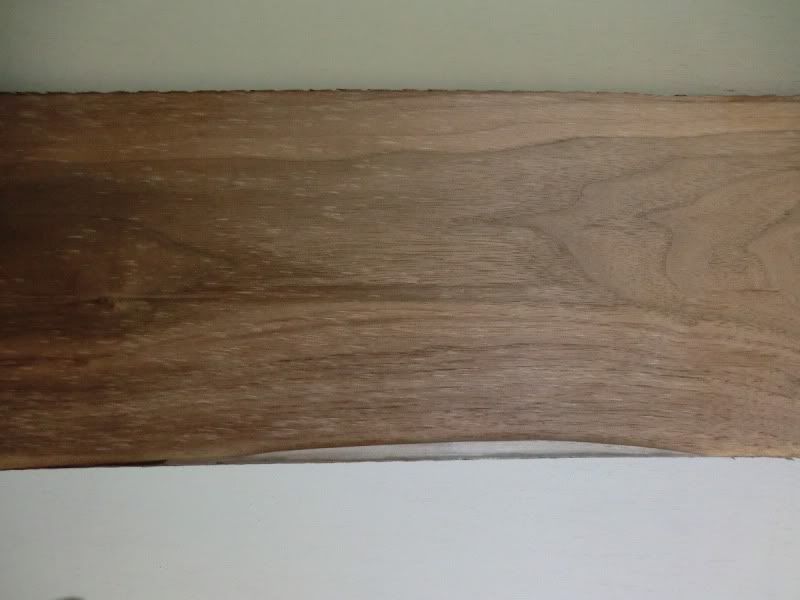Reprinted from the Forest Products Laboratory.
Many U.S. military buildings being targeted for removal contain large quantities of potentially reusable wood materials. In this study, we evaluated approximately 2180 m (7,152 ft) of painted Douglas-fir siding salvaged from U.S. Army barracks. Utilizing a conventional woodworking molder, we evaluated the feasibility of producing several standardized wood product profiles, including flooring, bevel siding, and paneling. Evaluation of visual quality followed by remanufacture of siding coated with lead-based paint indicated that valuable wood products could be produced from the salvaged siding; however, this value is dependent on several factors, including the original quality (grade) as well as the extent of damage (e.g., nail holes, splits, discoloration, decay, weathering). We conclude that wood siding salvaged from military buildings can be successfully remanufactured into value-added products. Tongue & groove (T&G) flooring is a promising product in particular since short pieces of siding can be utilized. As much as 50 percent of the weight of salvaged siding can be diverted from landfill disposal by remanufacturing into T&G flooring. In addition, the market value of T&G flooring may be less affected by nail holes in the salvaged siding. We estimate that T&G flooring has a potential sale value of $3 to $6 per square foot and remanufactured Douglas-fir millwork has a potential producer sale value of about $1.20 to $1.90 per board foot.
To download the article, right click and choose "save target as". The document is in Acrobat PDF format. Download the latest Acrobat Reader if required. To view the article, left click the link below.
Remilling of Salvaged Wood Siding Coated with Lead-Based Paint: Part 2. Wood product yield
